Gold Standard
Gold Standard Stamps and Covers (Small Heads)
The inception of these standard stamps was tied to the official transition to the gold currency in the USSR. The designs are rooted in the sculptures of I. D. Shadra, featuring “Worker,” “Peasant,” and “Red Army Soldier.”
The “Golden Standard” or “Small Heads” stamps were issued 11 times with varying denominations and quantities. The last three releases include stamps with an overprint of “8 kopecks,” found on both “Golden Standard” and other commemorative and additional stamps. Therefore, the term “Golden Standard” may refer to:
Only stamps without overprints, comprising the first 8 releases out of 11, dated from October 1923 to March 1927.
Stamps from the first 8 releases and two stamps with overprints on the “Golden Standard”, dated from October 1923 to January 1928, specifically stamps featuring Shadra’s sculptures without and with overprints.
Additionally, the standard issues of the “Golden Standard” can be considered independently of each other, not forming a multi-year series.
The allure of the “Golden Standard” extends beyond the term “golden.” These stamps were perforated using the same equipment as some of the earliest stamps of the Russian Empire. While new equipment was procured for the “Golden Standard,” a decision was made to economize by using existing perforation machinery. The frequent breakdowns of these perforators led to changes in tooth size and the issuance of stamps without perforations. The rarity and high value of one of the most sought-after Soviet stamps, the “Limonka,” can be attributed to yet another perforator malfunction.
Showing 1–16 of 122 results
-
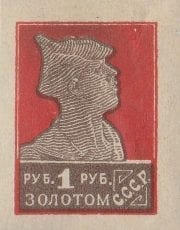
1923 Sc 22 Red Army soldier Scott 259
Read more -
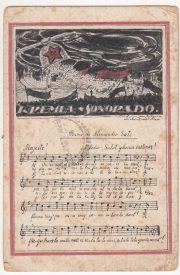
1924 Esperanto Sati Music Postcard. Rostov-on-Don to Morteros
$200.00 Add to cart -
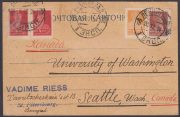
1924 Leningrad to Seattle
$25.00 Add to cart -
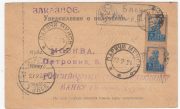
1924 Parichi to Moscow Money Transfer Receipt
$25.00 Add to cart -
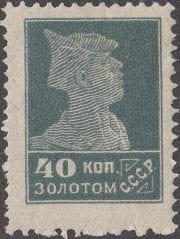
1924 Sc 38 Red Army soldier Scott 264
Read more -
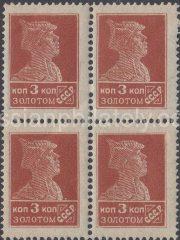
1924 Sc 41 Red Army soldier Scott 278
$25.00 Select options -
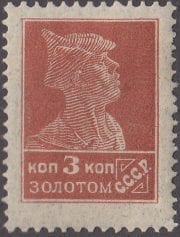
1924 Sc 41 Red Army soldier Scott 278
$3.50 Select options -
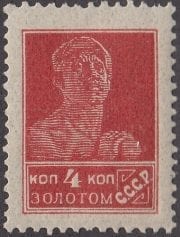
1924 Sc 42 Worker Scott 279
$3.50 Select options -
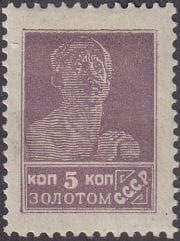
1924 Sc 43 Worker Scott 280
$200.00 Select options -
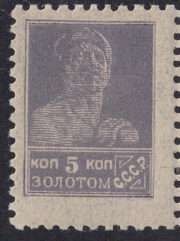
1924 Sc 43A Worker Scott 280
Read more -
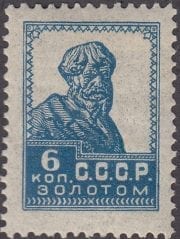
1924 Sc 44 Worker Scott 281
Read more -
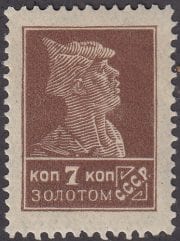
1924 Sc 45 Red Army soldier Scott 282
$3.50 Select options -
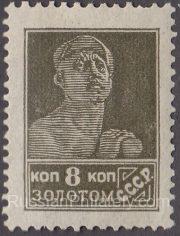
1924 Sc 46 Worker Scott 283
Read more -
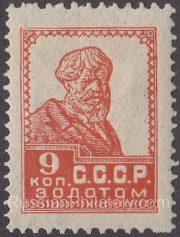
1924 Sc 47 Peasant Scott 284
$7.00 Select options -
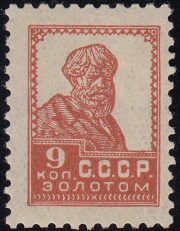
1924 Sc 47A Peasant Scott 284
Read more -
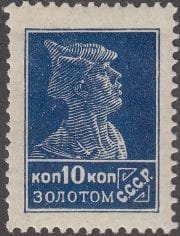
1924 Sc 48 Red Army soldier Scott 285
Read more
